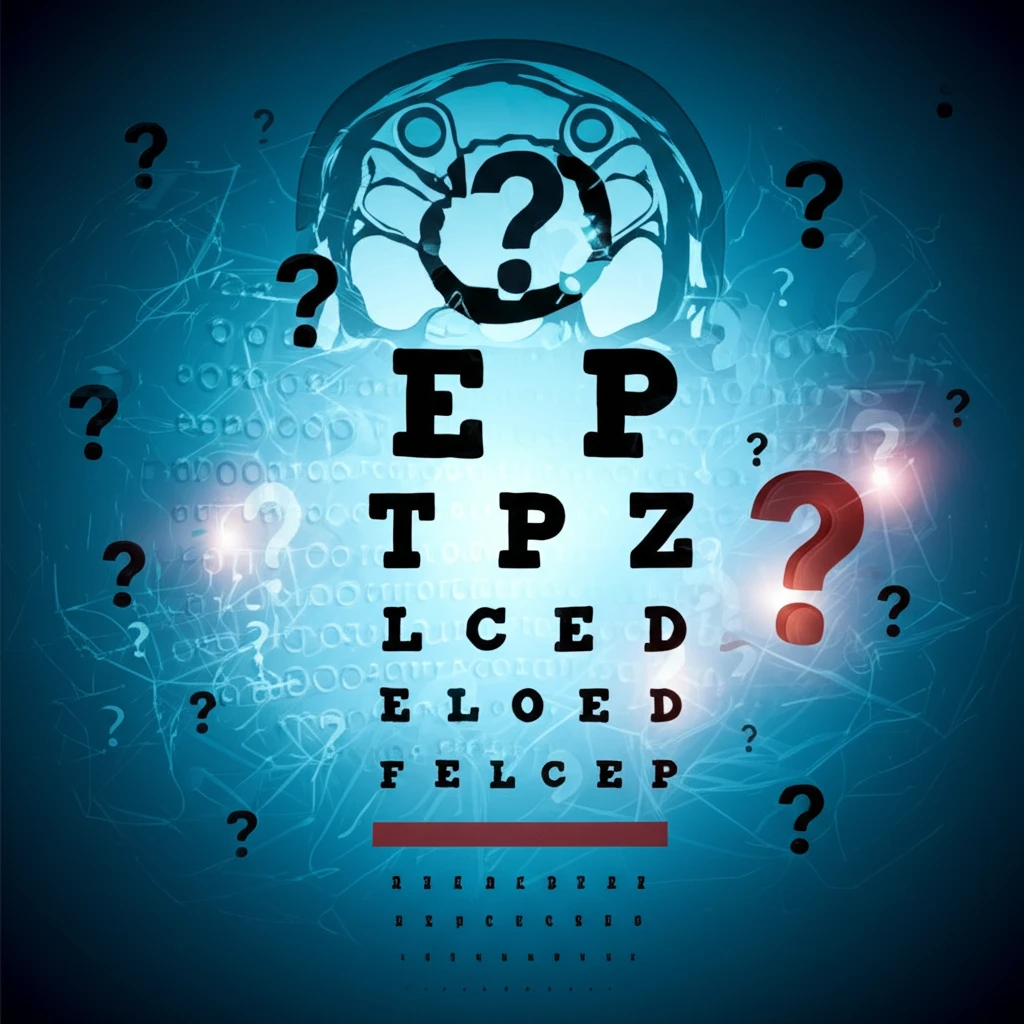
Decoding Diagnostic Errors: How to Protect Your Vision from Optic Nerve Sheath Meningiomas
"A Deep Dive into Misdiagnosis, Prevention, and the Latest Strategies for Early Detection"
Optic nerve sheath meningiomas (ONSMs) are rare tumors that affect the optic nerve, potentially leading to significant vision loss if not diagnosed and treated promptly. These tumors, while typically benign, can compress the optic nerve, disrupting visual pathways and causing progressive vision impairment. The challenge lies in their diagnosis, as initial symptoms can often mimic other, more common conditions.
A recent study published in JAMA Neurology sheds light on the critical factors contributing to the misdiagnosis of ONSMs, emphasizing the importance of early and accurate detection. The research highlights how diagnostic errors can lead to delayed treatment, resulting in worse visual outcomes and increased healthcare costs. By understanding the common pitfalls in diagnosing ONSMs, individuals and healthcare providers can take proactive steps to safeguard vision.
This article explores the key findings of the JAMA Neurology study, providing insights into the common diagnostic errors associated with ONSMs. We will discuss the factors that contribute to misdiagnosis, the impact of delayed treatment, and the strategies for improving diagnostic accuracy, empowering you to take control of your eye health.
Unveiling the Causes: Why ONSM Misdiagnosis Happens

The JAMA Neurology study retrospectively reviewed 35 patients with unilateral ONSM to identify the root causes of diagnostic errors. The study revealed that a significant number of patients experienced delays in diagnosis, with an average delay of 62.6 months. This delay was primarily attributed to two main categories of errors:
- Clinician assessment failures: Errors in hypothesis generation and weighing. This means that doctors sometimes fail to consider ONSM as a possible diagnosis or don't give it enough weight compared to other conditions.
- Errors in diagnostic testing: Problems with ordering, performing, or interpreting the results of diagnostic tests, such as MRI.
Empowering Early Detection: Steps You Can Take
Early and accurate diagnosis of ONSM is crucial for preserving vision. If you experience any new or worsening visual symptoms, especially painless, progressive vision loss in one eye, seek prompt evaluation by a qualified neuro-ophthalmologist. Don't hesitate to advocate for appropriate neuroimaging, including MRI of the brain and orbits with contrast, to rule out compressive lesions like ONSM. By being proactive and informed, you can play an active role in protecting your vision.
